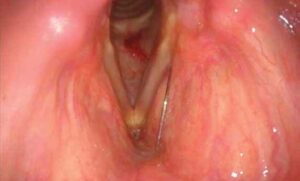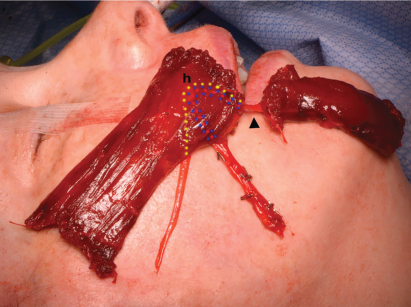Extent of surgery not associated with overall survival in patients with intermediate-sized follicular thyroid cancer; prognosis for patients with FTC is favorable, with 20-year survival rates close to 70% when appropriately treated.

Otolaryngologists Are Still Debating the Effectiveness of Tongue Tie Treatment

Balloon Dilation Is Among the New Frontier of Eustachian Tube Care
No Persistent Postoperative Swallowing Dysfunction Following Pharyngeal Surgery in Patients with Obstructive Sleep Apnea
Pharyngeal upper airway surgery in patients with obstructive sleep apnea (OSA) resulted in no significant, persistent adverse change in swallowing function.
Prolonged Operative Time Associated with Multiple Adverse Outcomes in Endoscopic Sinonasal Surgery
Prolonged operative time is associated with several adverse outcomes following endoscopic sinonasal surgery, including prolonged hospital length of stay, overall surgical complications, and bleeding.
Nasal Discharge the Sole Symptom Improved by Nasal Saline Treatment in Patients with Acute Rhinosinusitis
Nasal discharge was the only symptom significantly improved by nasal saline treatment in patients with acute rhinosinusitis.

How To: Induced Paresis for Awake Laryngoscopy Procedures
Awake in-office procedures may be the preferred treatment method for many patients who require multiple interventional treatments of the larynx, especially those at risk of being put under general anesthesia.

Managing the Increasing Primary Care Burden in Otolaryngology

Challenges of Getting Otology Care in Socioeconomically Impacted Areas

How To: Dual-Vector Gracilis Muscle Transfer for Smile Reanimation with Lower Lip Depression
One paddle elevates and lateralizes the upper lip and commissure, while the second paddle depresses the lower lip.
- 1
- 2
- 3
- …
- 5
- Next Page »